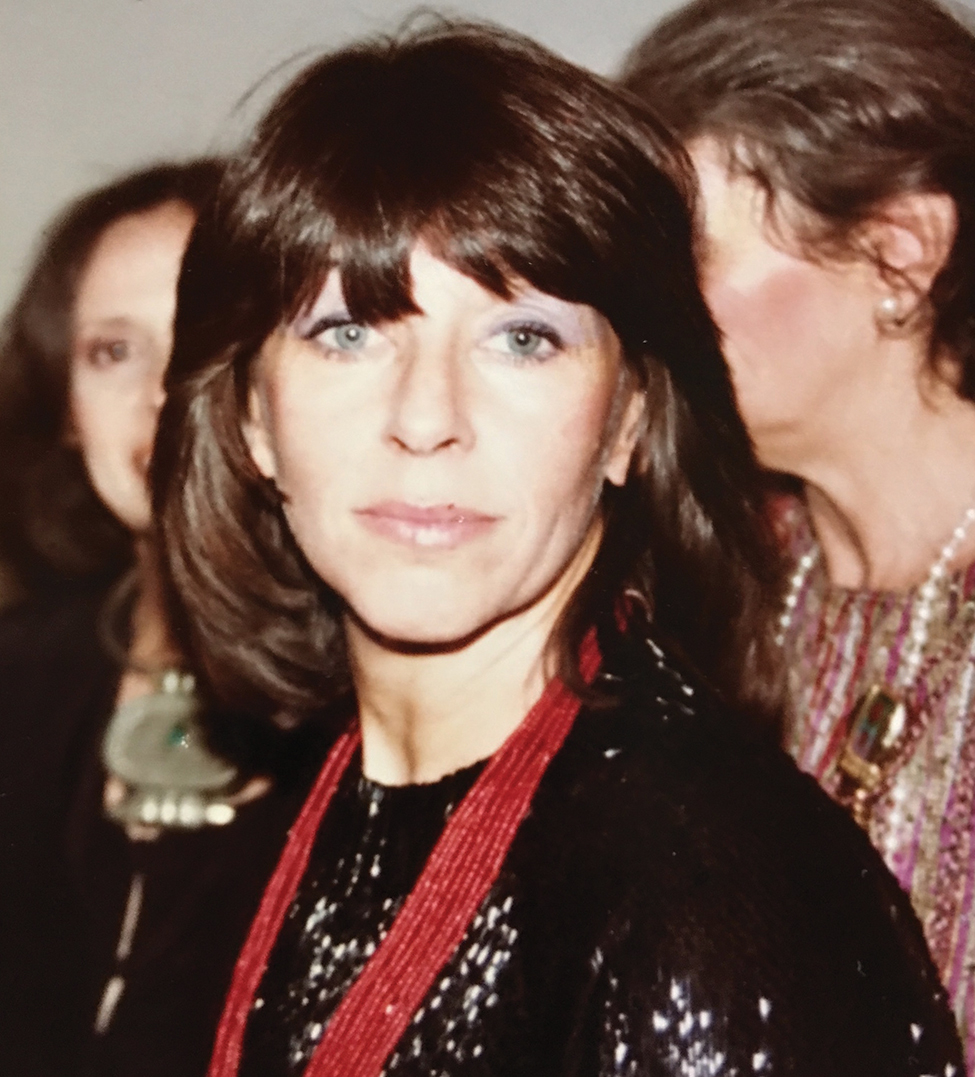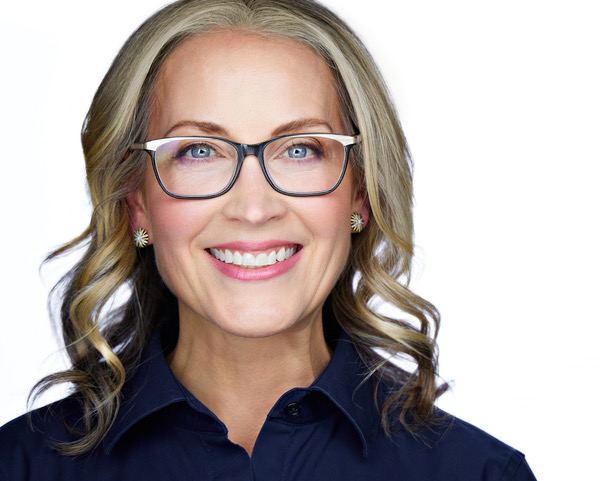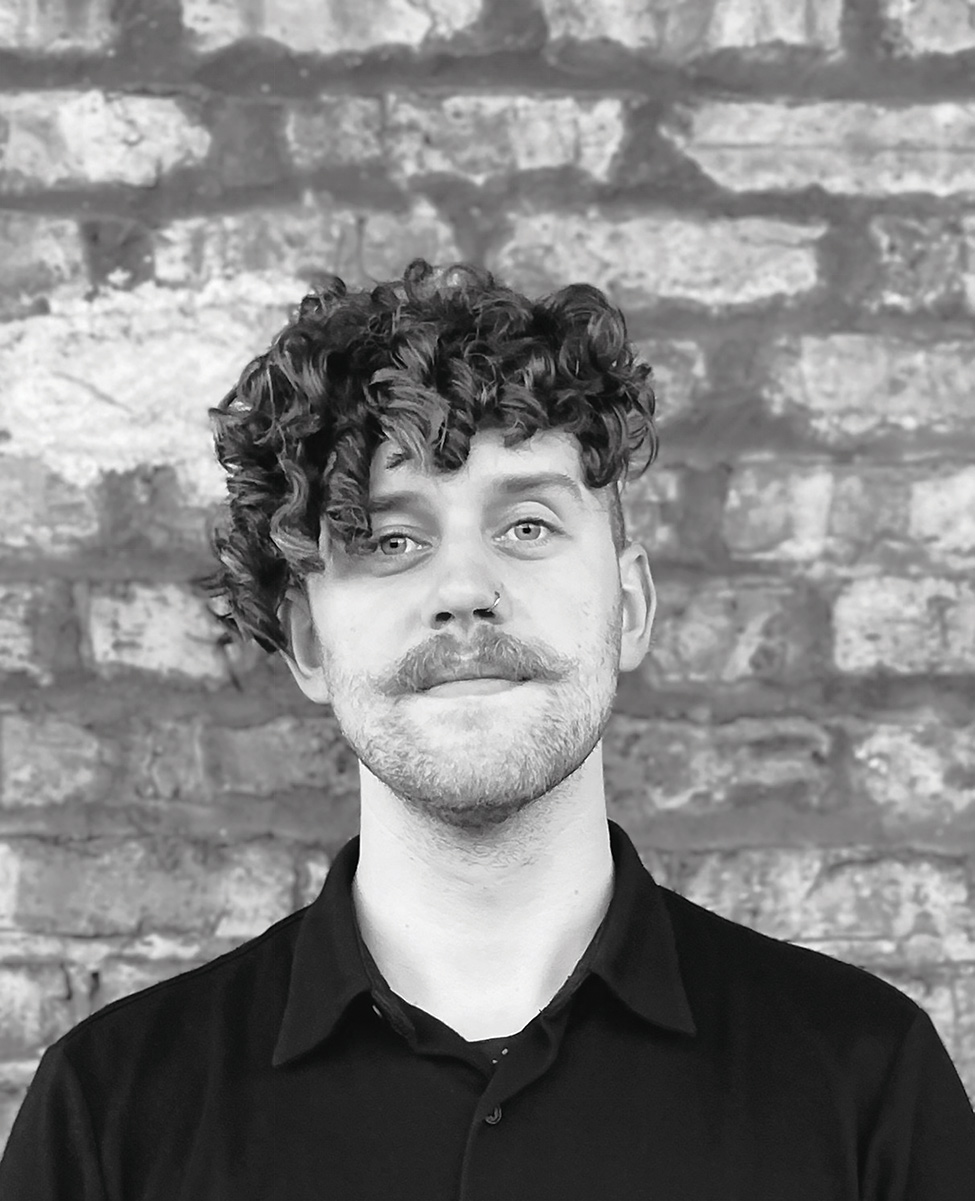An Interview with Lisa Graziose Corrin, Director of the Block Mueseum of Art

Each week CGN interviews a local art-industry professional to discuss the ins and outs of running a space in the city of Chicago. This week we caught up with Ellen Philips Katz Director of the Block Museum of Art, Lisa Graziose Corrin.
Current Position: Ellen Philips Katz Director, Block Museum of Art, Northwestern University
Hometown: I was born in Queens, New York and raised on Long Island, 52 miles east of Manhattan. My professional career has taken me to Izmir, Turkey, Baltimore, London, Seattle, Williamstown Massachusetts and now Chicagoland.
Previous Occupations:
Director, Williams College Museum of Art
Deputy Director of Art/Curator of Modern and Contemporary Art at the Seattle Art Museum
Chief Curator, Serpentine Gallery, London
Assistant Director/Curator of The Contemporary, Baltimore
5 favorites from the past week
Restaurant: Piccolo Sogno, West Loop and North Pond, Lincoln Park
Shop: Turley Road, Andersonville
Book: Outliers and American Vanguard Art, a catalog of a 2018 exhibition organized by the National Gallery of Art traveling to LACMA and the High Museum.
Neighborhood: Evanston! My husband and I chose to live in Evanston because we felt it was important to be part of the community that the Block serves. We admire Evanston’s activist spirit; the City nurtures and supports its organizations and businesses and residents are unafraid to speak their mind. When we take walks in our neighborhood, the peace poles, signs of solidarity with our immigrant population, and commitment to diversity all remind us that we made the right choice of where to pitch our tent.
Music: Anything at the Lyric (we are season ticket holders) by David Lang, my favorite contemporary composer, or jazz pianist Keith Jarrett.
Tell us a little bit about your background and how your position at the Block Museum of Art came to be?
Northwestern’s legacy in the arts is extraordinary and it has been meaningful to me to be one of its champions. In 2012, when I came to the museum, the Block was ready to become an even stronger bridge between the campus and the community. I relished the opportunity to create a new model for an academic art museum within a research university, a model that is focused on collaboration, interdisciplinary teaching and learning, rigorous research, and innovative exhibitions and programs.
Northwestern is on the move! It is an exciting time to be at a future-focused institution that believes the experience of art should be part of the education of every student. It is a privilege too, to be doing this work in the greater context of Chicago, one of our nation’s great cultural capitals, along with brilliant colleagues at the helms of so many dynamic institutions throughout the city.
What's the first thing you do each morning when you get to the museum?
As I enter the museum I say hello to Aaron Chapman, our Assistant Manager of Visitor Services and Visitors Services Associate, Rocio Olasimbo and have a chat. Our front-line staff are our greatest ambassadors and the anecdotes they share with me about our visitor’s responses ensure I don’t forget what we are here to do.
Do you have a favorite exhibition or collection from the past?
I am a great fan of the Ornithology Galleries at the Field Museum of Natural History, but my favorite collection in Chicago is most likely that of the Chicago Botanic Gardens. People don’t think of this extraordinarily diverse collection on 385 acres as a cultural collection but it is. The research and conservation science that is going on in this living museum is world class…. Not to mention the pure joy of listening to the carillon bells now that the weather is warm.
I grew up inside the Metropolitan Museum of Art in New York. To this day when I walk through the front door of that museum I behave as though it is my own home. That’s how comfortable I feel there. I am a great believer in getting lost inside museums so that you have unexpected encounters with works of art. I remember going to the Met and seeing a small study of Monet’s Women in the Garden, which is now in the Musee d’Orsay, and seeing the shadow on the back of a train on a woman’s dress and the hundreds of shades of green and grey that composed this picture. I realized Monet was not painting women’s dresses at all, he was painting the effects of light. It was like a veil had been lifted from my eyes and everything I looked at around me after that changed. I saw how art could be a window onto other ways of perceiving and understanding the world. At that moment I thought “Wow I want to be looking through those windows for the rest of my life.”
Any major successes this year? Any challenges?
2018 has been an extraordinary year for the Block Museum so far with over 20,000 visitors in just three months for the groundbreaking exhibition Paint the Eyes Softer: Mummy Portraits from Roman Egypt. The exhibition became a true case study exemplifying our role of as an innovation hub and campus catalyst. In the creation of the exhibition we convened student research and faculty expertise from across the University—including contributions from classics, art history, sound arts, materials science, computer science, medicine, archaeology, and art history—all to investigate the mummy of a 5-year old girl buried nearly 2000 years ago. The exhibition included the first museum use of Apple’s augmented reality toolkit, an experiment at the Argonne National Laboratory, a student sound design competition, and a class co-taught in Classics and Material Science, to name just a few of the related projects. The fact that our resulting exhibition was covered by Time Magazine, BBC, PBS NewsHour, and made the front page of the Chicago Tribune – is just icing on the cake, evidence of the power and endless possibilities that can come out of interdisciplinary collaboration.
2018 also saw the release of our new Strategic Plan – The Block Museum as a Frame of Mind. I see this plan as the Block team’s great success, representing almost a year’s worth of conversation, planning and stakeholder interviews. The plan lays out ambitious actions for impact over the next five years. I think our greatest challenge is keeping up with the rising tide of participation in the Block’s program from faculty, students, and the broader community. We are living in a time when our visitors are seeking a way to understand the complexities of our contemporary world. We have a responsibility to connect to connect art to their lives so that the important contributions of artists across time and cultures resonate and are valued.
What do you want to tell a young person considering this career path?
I am a first generation college graduate so a career as a museum director was atypical in my family. Of course being an art history major was great preparation but is not on its own what prepares one for being a museum director. Leadership is a process—learning from the twists and turns in the road, from my mistakes and, especially from the feedback of those with whom I work, have all been critical.
The museum field needs more diversity at the top. If museums are going to speak to everyone – then leadership positions need to be held by individuals with a greater range of backgrounds. I talk often to my students about cultivating the belief that change is possible. On my desk is this quote:…”It had long since some to my attention that people of accomplishment rarely sat back and let things happen to them, they went out and happened to things.” --Leonardo da Vinci
What are your interests outside of the art world?
I have an unwieldy cookbook collection and am fascinated by global food culture. I am also a voracious reader of history and a compulsive viewer of television political commentary. My husband Peter and I have embraced Chicago’s extraordinary cultural offerings. We are season ticket holders for the Lyric, regular theater-goers, support the Chicago Humanities Festival, and are members of The Chicago Botanical Gardens, the Field Museum, the Art Institute and the MCA. Kayaking is also a passion for both of us and we are eagerly anticipating another summer season out on the water.
What do you look for in an artwork? What speaks to you?
As a curator of contemporary art, I have occasionally had the experience in a studio in which an artist’s work struck a chord deep within me. I got disoriented and thrown off balance. The hair on the back of my neck stood up. I knew I was in the presence of something significant. If that experience lingers the second time I see the work, I am likely to want to do an exhibition or to write about it in order to explore that response and to understand what in the work provoked it.
What’s coming up next at the Block Museum of Art?
In Fall of 2018 we are thrilled to be partnering with the Terra Foundation and with institutions around the city on Art Design Chicago, our city-wide celebration of Chicago as America’s crossroads of creativity and commerce. Our exhibition Up is Down: Mid-century Experiments in Advertising and Film at the Goldsholl studio is the first to examine the pioneering work of the Morton and Millie Goldsholl and their Chicago advertising firm, Goldsholl Design Associates, which brought Bauhaus design to a broad American audience, and created some of the nation’s most iconic brand images including the Motorola logo and the 7Up “See the Light” campaign. In January 2018 we will present Caravans of Gold, Fragments in Time, an exhibition about art and cultural exchange along the trans-Saharan trade routes connecting Africa, the Middle East and Europe during the medieval period. Loans are coming from some of the world’s greatest museums and the exhibition is traveling to the Smithsonian’s National Museum of African Art. This is quite an achievement for the small but mighty Block Museum of Art.
Lisa Graziose Corrin is the Ellen Philips Katz Director of the Block Museum of Art. For more information about the museum please visit: Block Museum of Art.
Photo Copyright: Joe Mazza, Brave Lux






